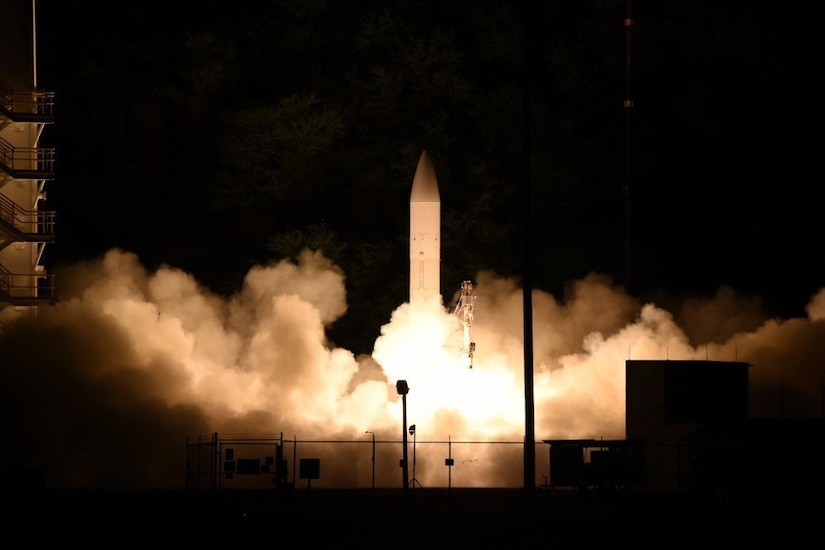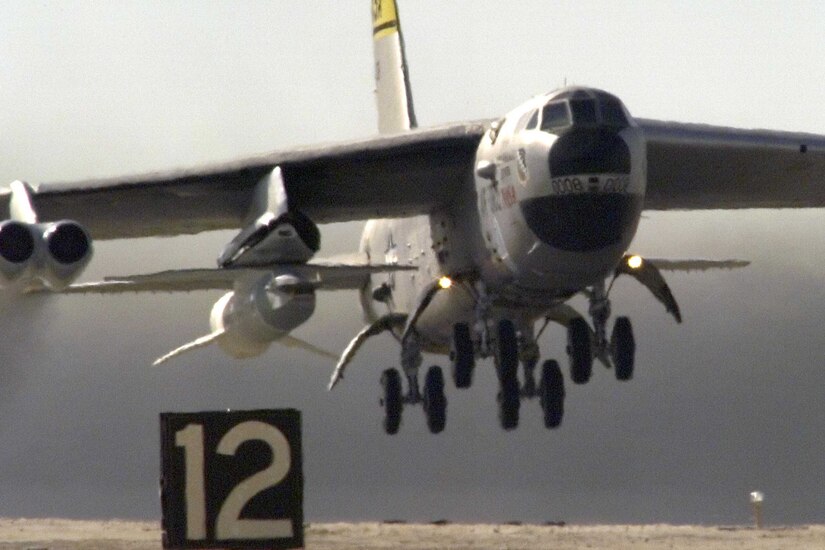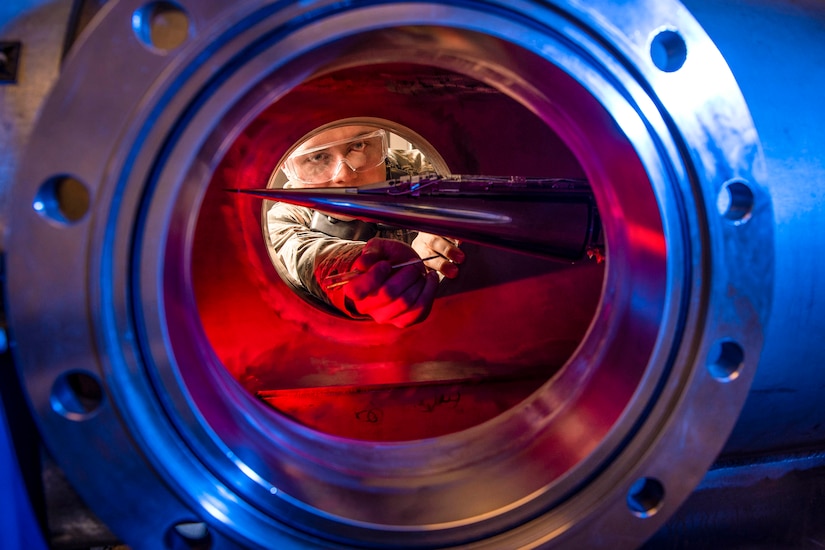Mark J. Lewis, who spoke with Marcus Weisgerber at the Defense One Tech Summit yesterday, noted that Russia has announced fielding a hypersonic capability and that China is investing heavily in the technology.
Hypersonic missiles are fast — very fast — and agile in a way that ballistic missiles or cruise missiles are not. He said the U.S. goal is to have the technology fielded at scale by the mid 2020s.
The Defense Department has one main effort by the services, and DOD agencies have parts because hypersonics is more than just one thing, said Lewis, who holds a doctorate in aeronautics and astronautics from the Massachusetts Institute of Technology. "The Army and the Navy both have very active programs as well looking at ways to develop this technology," he said. "Our key here is we want to deliver hypersonics at scale; and by that I mean, we want to go beyond the prototypes."

That means bridging the proverbial "valley of death" between a research effort and a funded and viable service program that leads to a capability, he explained.
"We all have this firm, fixed goal of delivering capability," Lewis said. "These are no longer science projects, are no longer things that are being confined to the lab. So with that mindset, across the range of activities that we’re involved in, I think we're making headway in bridging that that valley."
He noted that the Air Force is working with the Defense Advanced Research Project Agency on the Arrow program. Scientists in both organizations are working closely together and solving problems together and sharing information.
At one time, the United States had the lead in hypersonic research. He noted the Air Force X-51 program, which last flew in 2013 and then was discontinued. It was a different world then, Lewis said, and the decision at the time was to not invest in the technology.

"I think now we have leadership at all levels of the Pentagon — but coming from the front office — recognizing the importance of this technology, and realizing we need to put our foot on the proverbial gas," he said. "That's that's certainly what's driving this."
What was once a walk in the park has become a race with near-peer competitors, Lewis said. "We kind of did the homework for the rest of the world," he said.
U.S. researchers did the original work on hypersonics and early development. "And then, because we took our foot off the gas, other people were able to pick up on what we had done and build on our successes," he said.
Those nations — Russia and China most obviously — recognized the importance of the technology and began their own programs.
Now, the United States must not only build an offensive capability, but also must handle the defensive portion, Lewis said. "The defensive part is absolutely critical as we go forward," he added. "If I'm going to defend against hypersonic systems, there are a couple of key things that I need to do. The very first thing I need to do is to be able to detect a hypersonic weapon flying at me and respond quickly enough."

DOD — via the Space Development Agency — is investing in this capability.
Once detected, there must be a response. "Let me not get into specific weapon systems, but I can say that depending on the hypersonic weapon … they each have their own responses," he said. "It is very difficult to stop a hypersonic weapon. That's why we want to pursue them. That's why our peer competitors are pursuing them. But it's not impossible."
Some existing technologies may be used, he said, as may some technologies in development. "So there are answers, there are solutions, but it's definitely an area that we see a need for increased effort," he said.







No comments:
Post a Comment